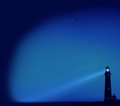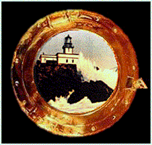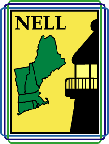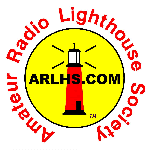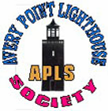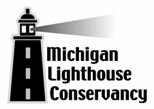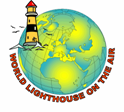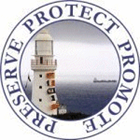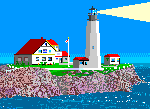 O Monumento-Padrão dos Descobrimentos foi o ex-libris da Exposição do Mundo Português, realizada em Lisboa no ano de 1940.
O Monumento-Padrão dos Descobrimentos foi o ex-libris da Exposição do Mundo Português, realizada em Lisboa no ano de 1940.
Esta mostra comemorava o oitavo centenário sobre a data em que D. Afonso Henriques ostentara, pela primeira vez, o título de rei de Portugal, bem assim como o tricentenário da Restauração da independência de 1640.
O evento materializou-se em Belém, na Praça do Império, revelando-se um grande acontecimento político e artístico do Estado Novo.
O Monumento-Padrão dos Descobrimentos foi planeado pelo arquitecto Cottinelli Telmo e esculpido por Leopoldo de Almeida.
Em 1940, o monumento fora erguido numa estrutura provisória, sendo passado à pedra, com estrutura de betão, definitivamente em 1960, altura em que se assinalava o V Centenário da morte do infante D. Henrique.
Esta obra de arquitectura e escultura foi criada com a intenção de consagrar os Descobrimentos Portugueses, aventura iniciada no século XV.
O monumental Padrão dos Descobrimentos atinge uma altura de 50 metros, com uma largura de 20 por um comprimento máximo de 46 metros.
A maior figura esculpida é a do infante D. Henrique, que possui 9 metros de altura, enquanto o restante grupo de 32 ilustres imagens atinge os 7 metros de altura. No seu interior, um elevador conduz a um panorâmico miradouro situado no topo do monumento.
O padrão encontra-se edificado na margem do Rio Tejo, implantado num pequeno terreiro em calçada portuguesa, decorado por uma rosa-dos-ventos e um planisfério em mármore rosa, onde se assinalam, com o desenho de naus e caravelas, as principais rotas e datas dos Descobrimentos Portugueses. O delineador do projecto foi o arquitecto Cristino da Silva.
Arquitectonicamente, o Padrão dos Descobrimentos configura-se simbolicamente como uma caravela, com a verticalidade da sua parede simulando as velas, encimada pelas armas portuguesas da época. A porta de acesso ao monumento é preenchida pela enorme escultura de uma espada, decorada no punho com a cruz da Ordem de Avis - simbolizando a força das armas e da fé cristã.
Na proa da caravela de pedra destaca-se a figura tutelar do infante D. Henrique, olhando o horizonte e segurando entre as mãos a caravela portuguesa. As rampas laterais são preenchidas, anacronicamente, por uma corrente de 32 figuras marcantes da história portuguesa dos séculos XV e XVI (16 em cada um dos lados), personagens ligadas, directa ou indirectamente, à empresa dos Descobrimentos. Assim, governantes, marinheiros, cartógrafos, poetas, artistas e cronistas, guerreiros ou evangelizadores, foram esculpidos com rigor e robustez. Entre os demais, destacam-se as representações do infante D. Pedro, de D. Afonso V, Vasco da Gama, Pedro Álvares Cabral, Fernão de Magalhães, Diogo Cão, Pedro Nunes, Luís de Camões, Nuno Gonçalves, Fernão Mendes Pinto, João de Barros e Afonso de Albuquerque.
Renovado e adaptado na década de 80, o interior do Monumento aos Descobrimentos revela-se como um espaço polivalente de fruição cultural, proporcionado pelo seu auditório e pelas salas de exposição adjacentes.
Photo Anónimo
Texto Infopédia









































































